In today's era of rapid advancement in medical technology, the laryngoscope, as an indispensable diagnostic tool in otorhinolaryngology and emergency medicine, has its performance and precision directly related to the accuracy of medical diagnosis and patient comfort. With the development of medical devices towards miniaturization and intelligence, the injection molding processing technology of laryngoscopes has also encountered unprecedented challenges and opportunities. This article will delve into the entire process of laryngoscope injection molding processing from the perspectives of market demand, technical challenges, precision mold design, material and process innovation.
1. Market Demand and Technical Challenges
With the progress of medical technology and the increasing attention to health, the laryngoscope, as a medical device that directly contacts the patient's oral cavity and throat, has become the focus of market attention in terms of safety, durability, and precision. Traditional laryngoscopes are mostly made of metal or glass, which are not only heavy and easily damaged but may also cause discomfort to patients during certain operations. Therefore, lightweight, high-strength, and corrosion-resistant laryngoscopes produced through injection molding processing technology with polymer materials have gradually become a new favorite in the market.
However, the technical challenges faced by laryngoscope injection molding processing are not to be underestimated. They mainly include:
-
Structural Complexity: The laryngoscope needs to integrate multiple components such as a light source, lens, and operating handle, and these components must maintain precise relative positions, which poses extremely high requirements for the design precision of injection molds.
-
Material Selection: It is necessary to select biocompatible materials that meet medical standards while ensuring the transparency, strength, and temperature resistance of the materials to meet the laryngoscope's usage needs in different environments.
-
Mass Production Cost Control: While ensuring product quality, reducing production costs and improving production efficiency are practical issues that must be faced in laryngoscope injection molding processing.
2. Core Breakthroughs in Precision Mold Design
-
Integrated Molding Technology: Through multi-cavity molds and precision slider core-pulling technology, one-time injection molding of various components of the laryngoscope is achieved, reducing subsequent assembly processes and improving production efficiency and product consistency.
-
Microstructure Processing: For microchannels, positioning holes, and other structures inside the laryngoscope, high-precision CNC machining and EDM (Electrical Discharge Machining) technologies are adopted to ensure that the manufacturing precision of the mold reaches the micron level.
-
Modular Design: The laryngoscope is divided into multiple interchangeable modules. Through standardized mold design, rapid switching production of different models of laryngoscopes is achieved, improving production flexibility.
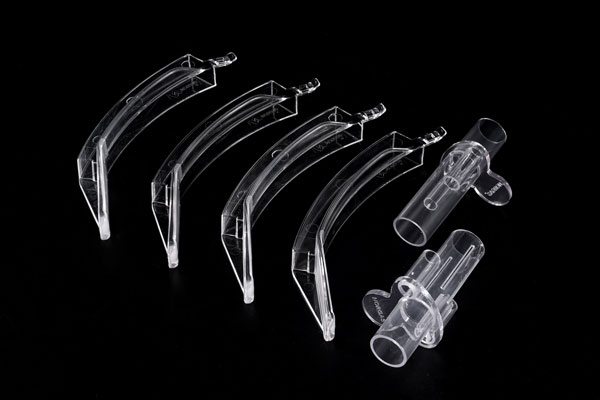
3. Material and Process Innovation
-
Application of Biocompatible Materials: High-polymer materials such as PC (Polycarbonate) and PMMA (Polymethyl Methacrylate) that comply with international medical standards such as FDA and CE are selected to ensure the safety and durability of the laryngoscope.
-
Surface Treatment Technology: Laser engraving, chemical etching, and other processes are used to form fine textures on the surface of the laryngoscope, which not only enhances the product's aesthetics but also improves grip and anti-slip performance.
-
Transparency Optimization: By adjusting the material formulation and injection molding process parameters, the transparency of the laryngoscope lens is optimized, reducing light scattering and improving image clarity, providing doctors with a clearer field of view.
4. Technical Challenges and Solutions
|
Challenge
|
Defects of Traditional Solutions
|
Optimized Solutions of Precision Molds
|
Performance Improvement
|
|
Insufficient Structural Precision
|
Large assembly errors affect usage effect
|
Adopt high-precision molds and integrated molding technology
|
Structural precision improved to ±0.01mm
|
|
Unstable Material Performance
|
Prone to aging and deformation, affecting service life
|
Select high-quality biocompatible materials and optimize injection molding process
|
Product service life extended by 30%
|
|
Low Production Efficiency
|
Multiple assembly processes, time-consuming
|
Modular design, reducing assembly processes
|
Production efficiency increased by 50%
|
Conclusion
Laryngoscope injection molding processing is a product of the deep integration of precision manufacturing and medical innovation. Through continuous technological breakthroughs and process innovations, we can not only produce laryngoscope products with excellent performance, safety, and reliability but also drive the progress and development of the entire medical device industry. In the future, with the continuous emergence of new materials and technologies, laryngoscope injection molding processing technology will usher in broader development prospects.
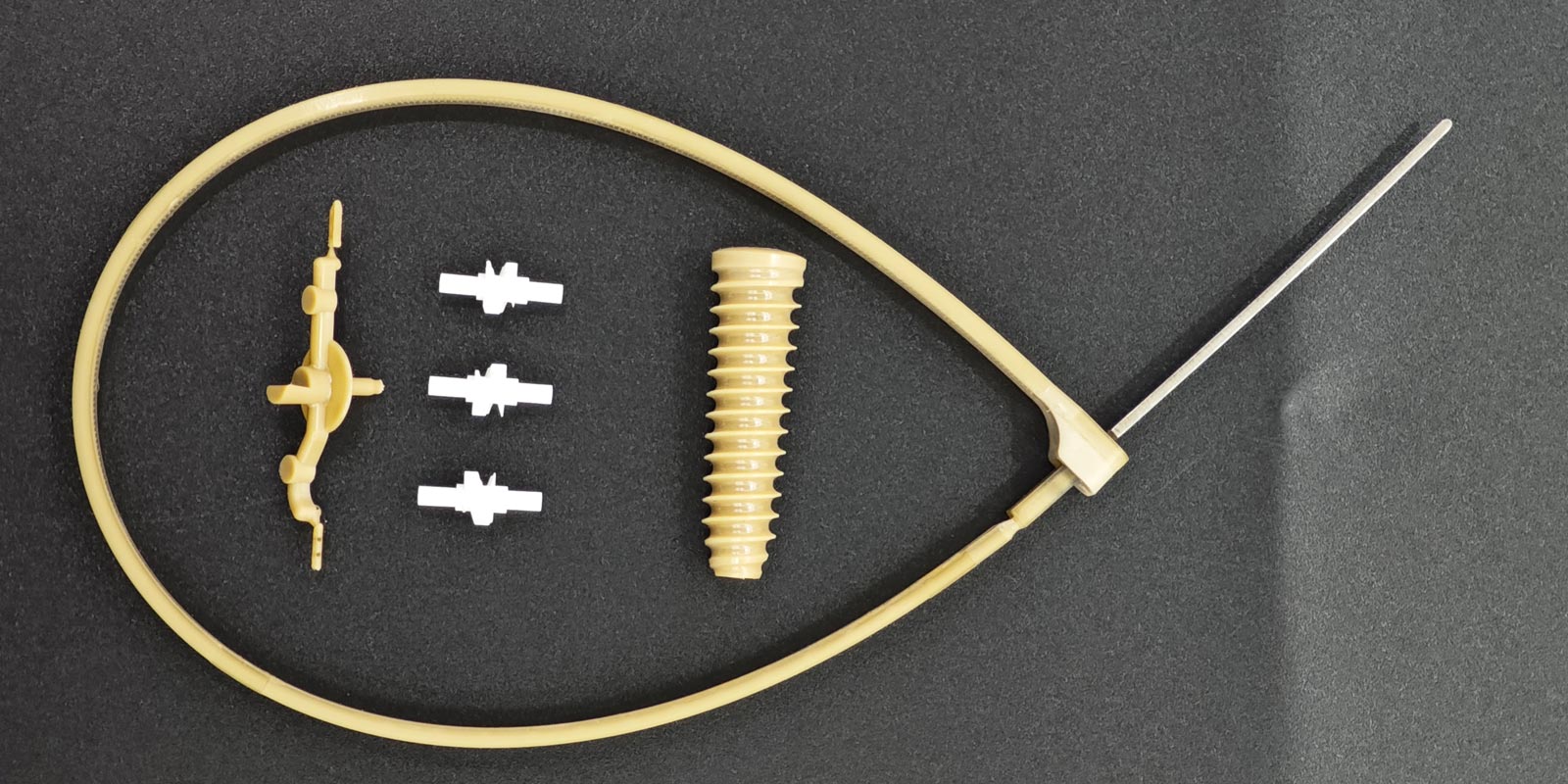
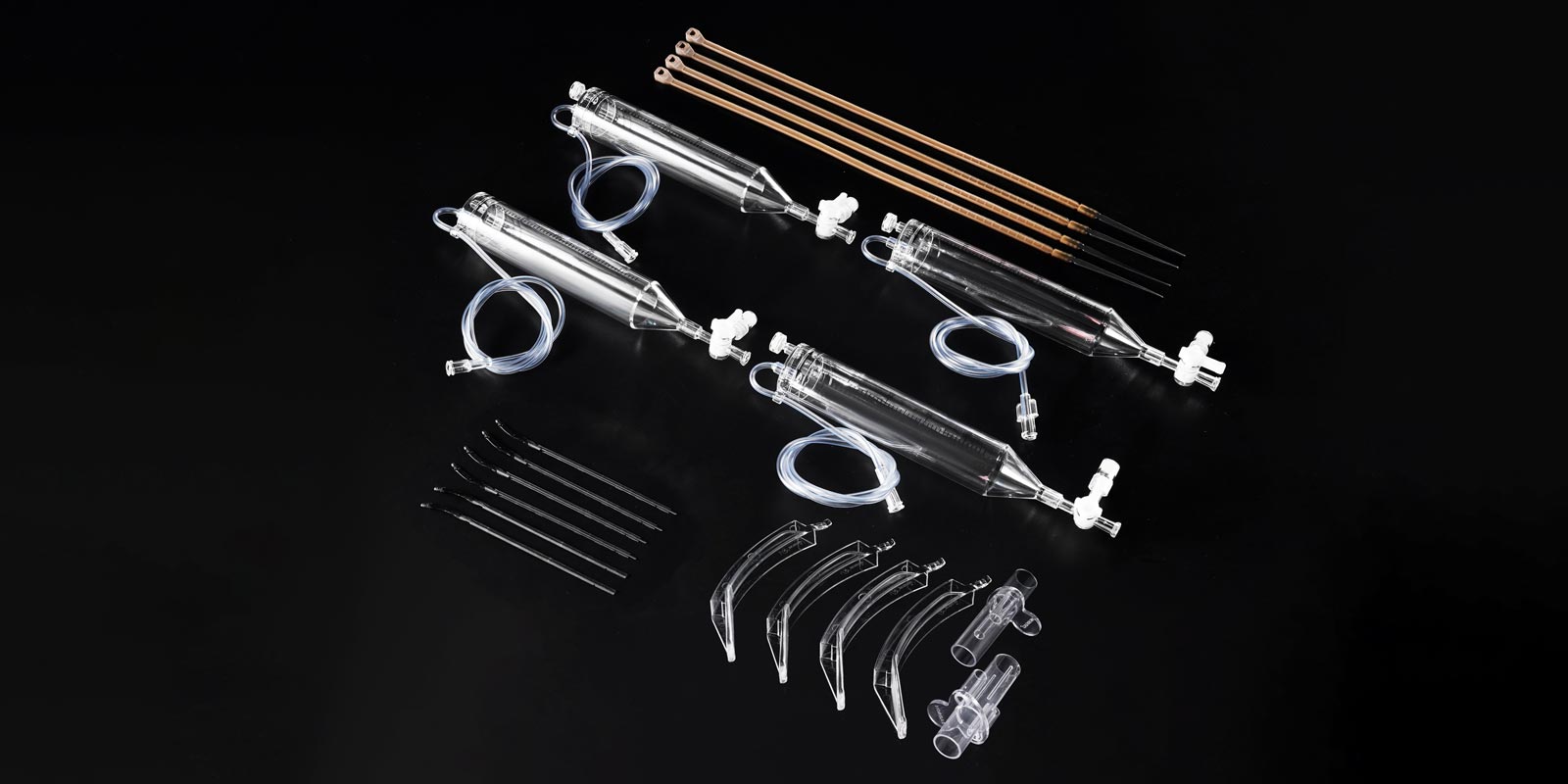
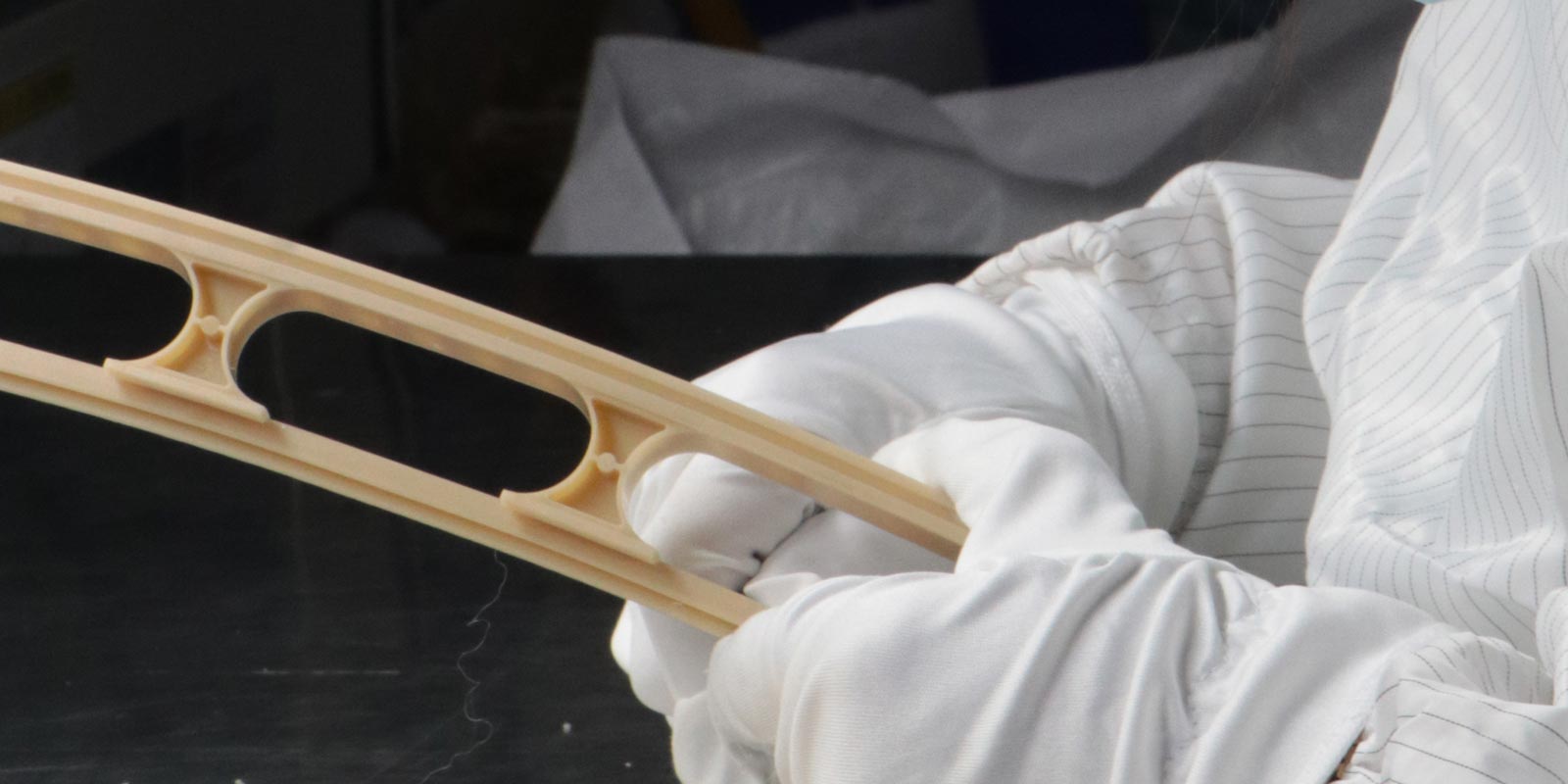
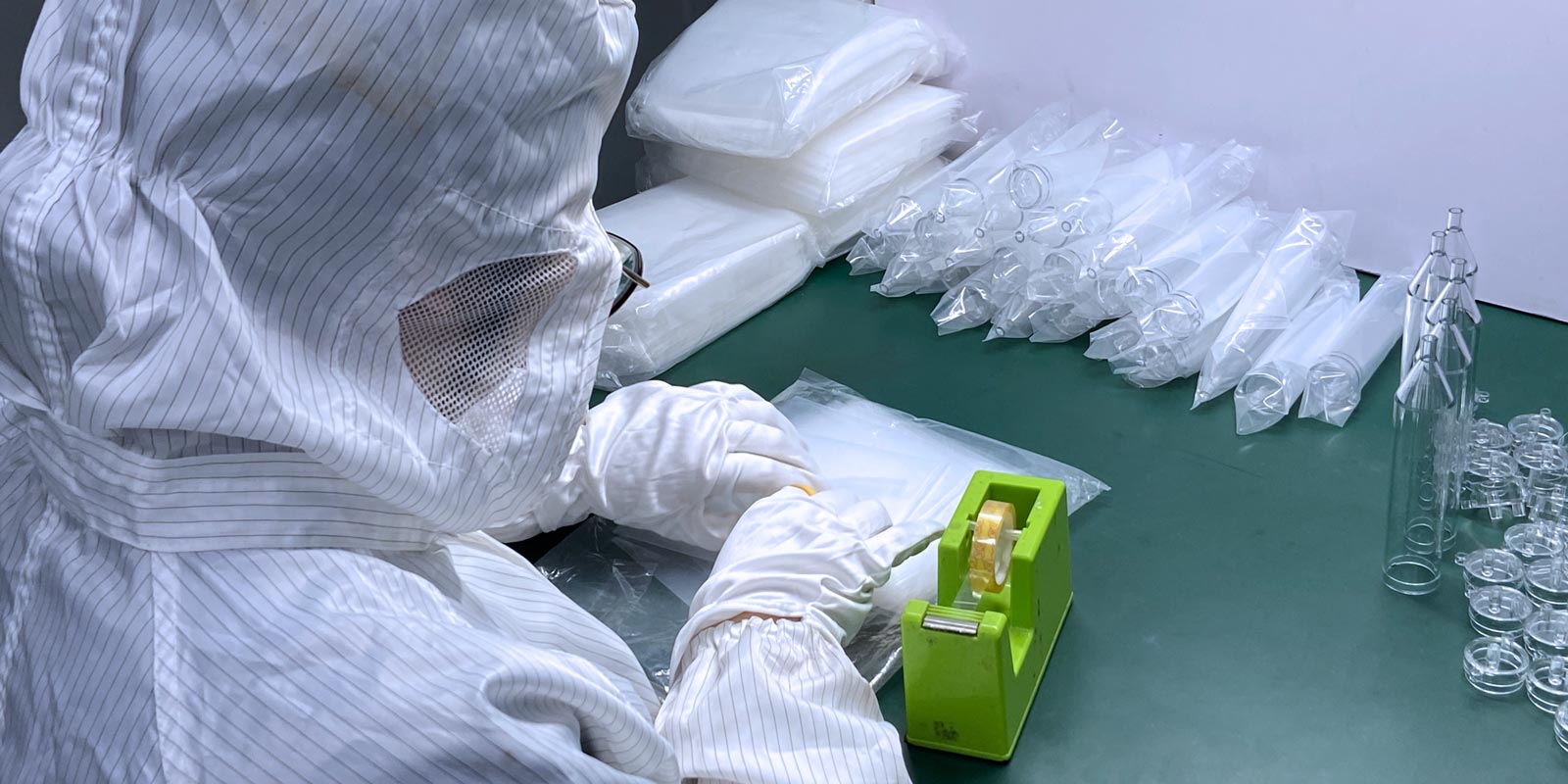
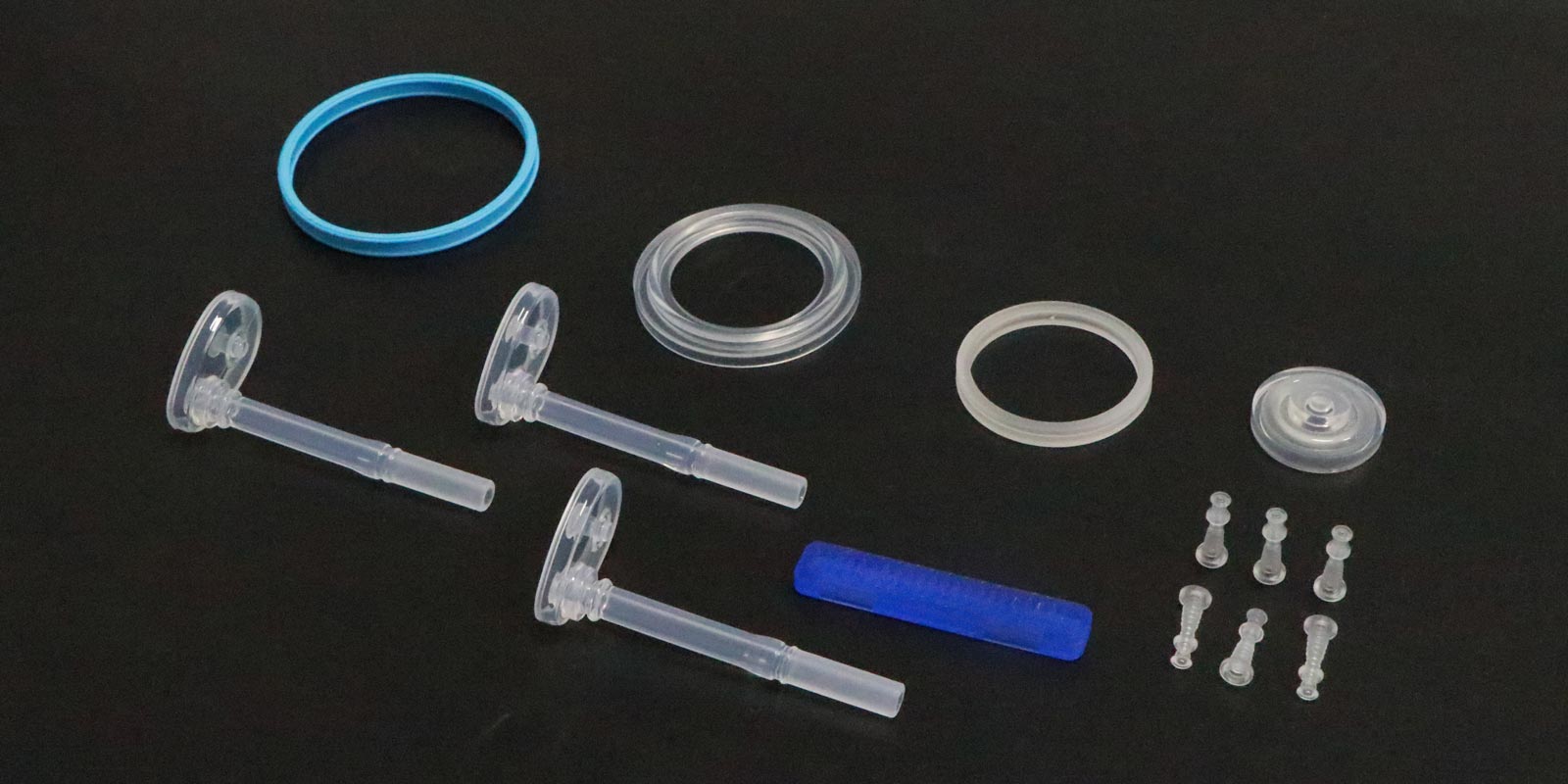











 Home
Home
